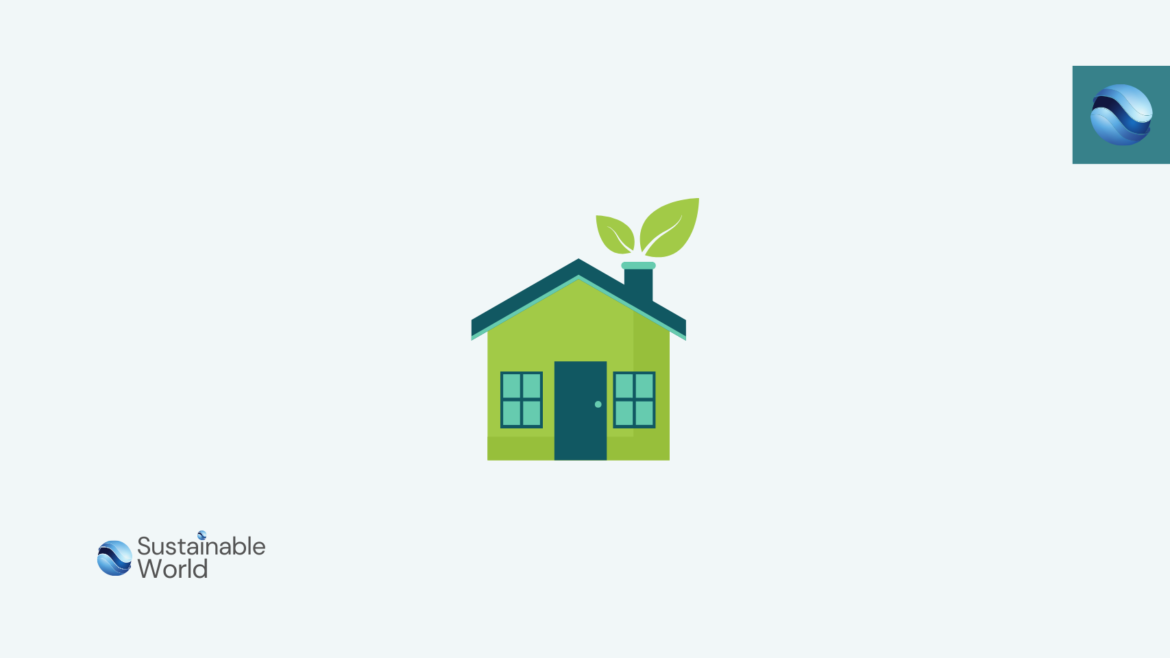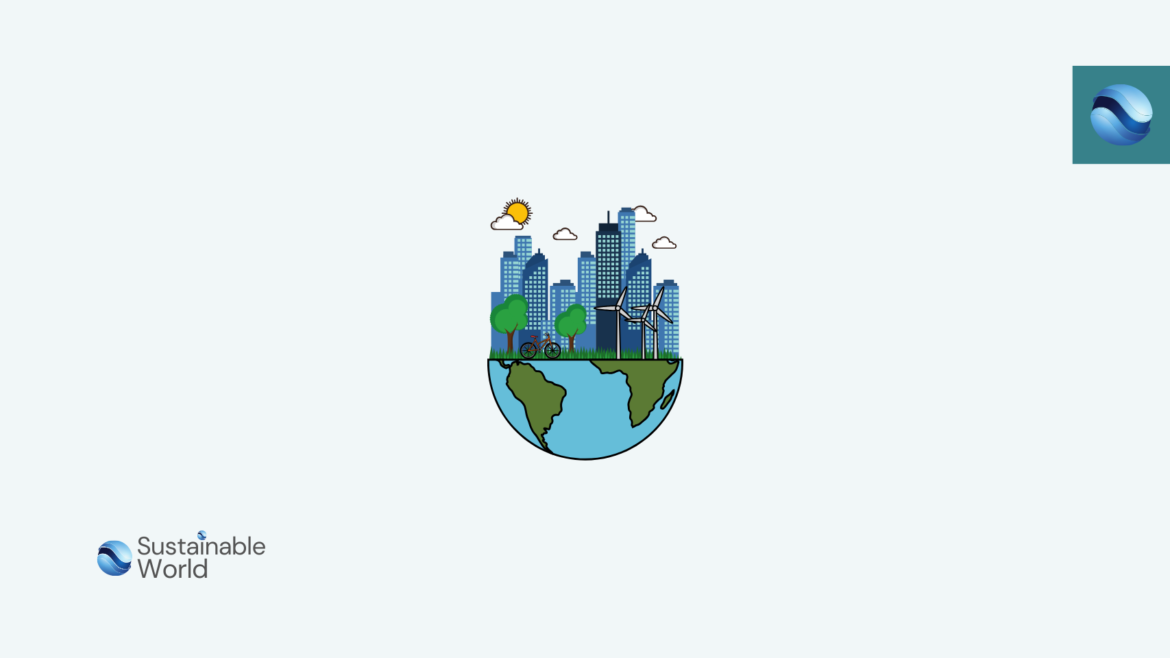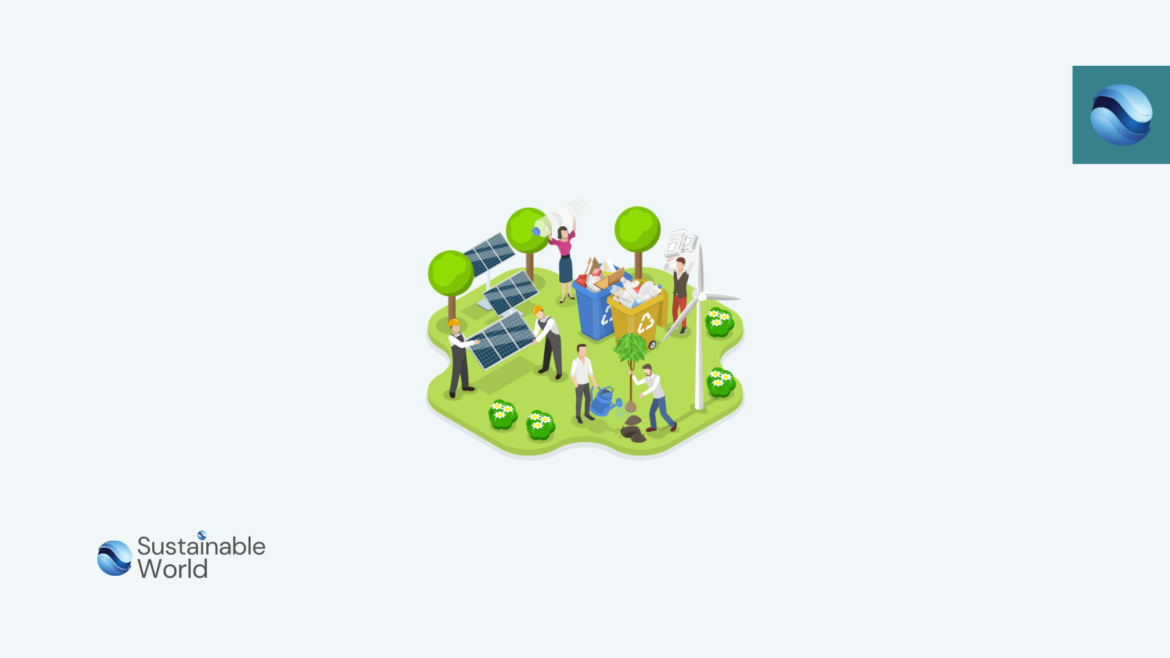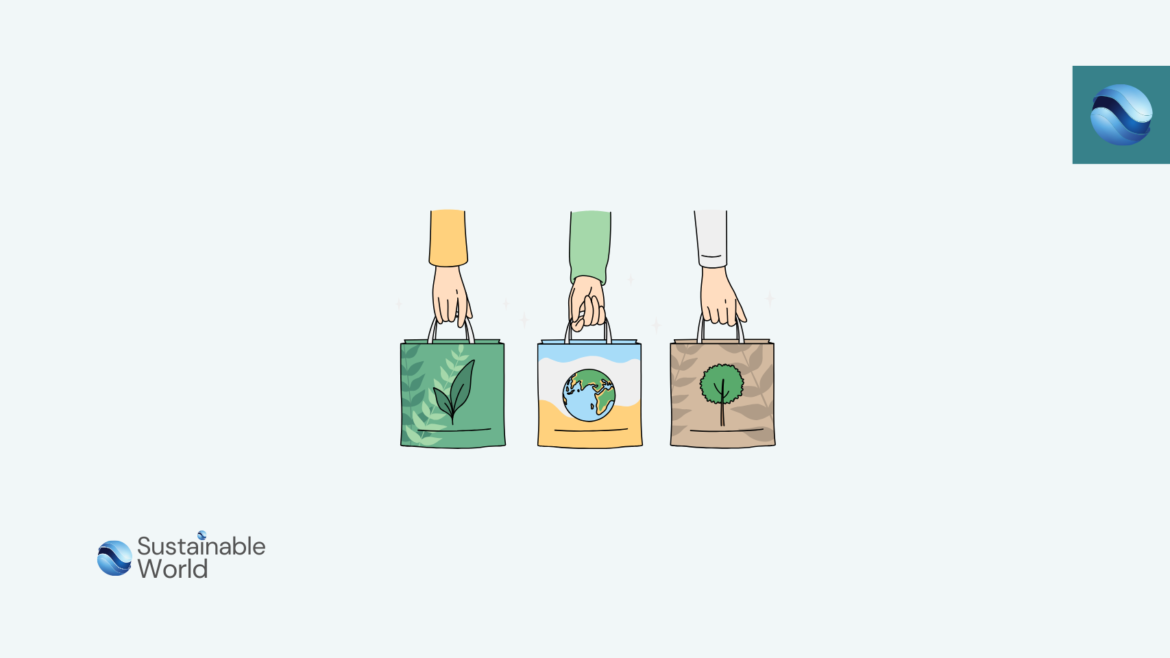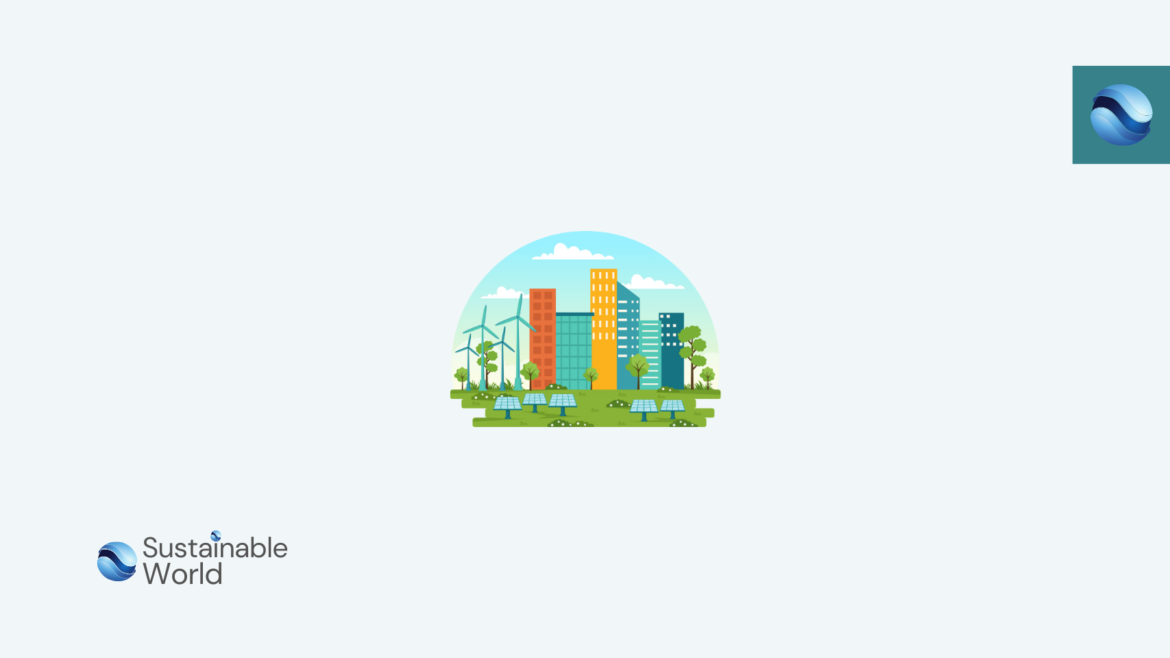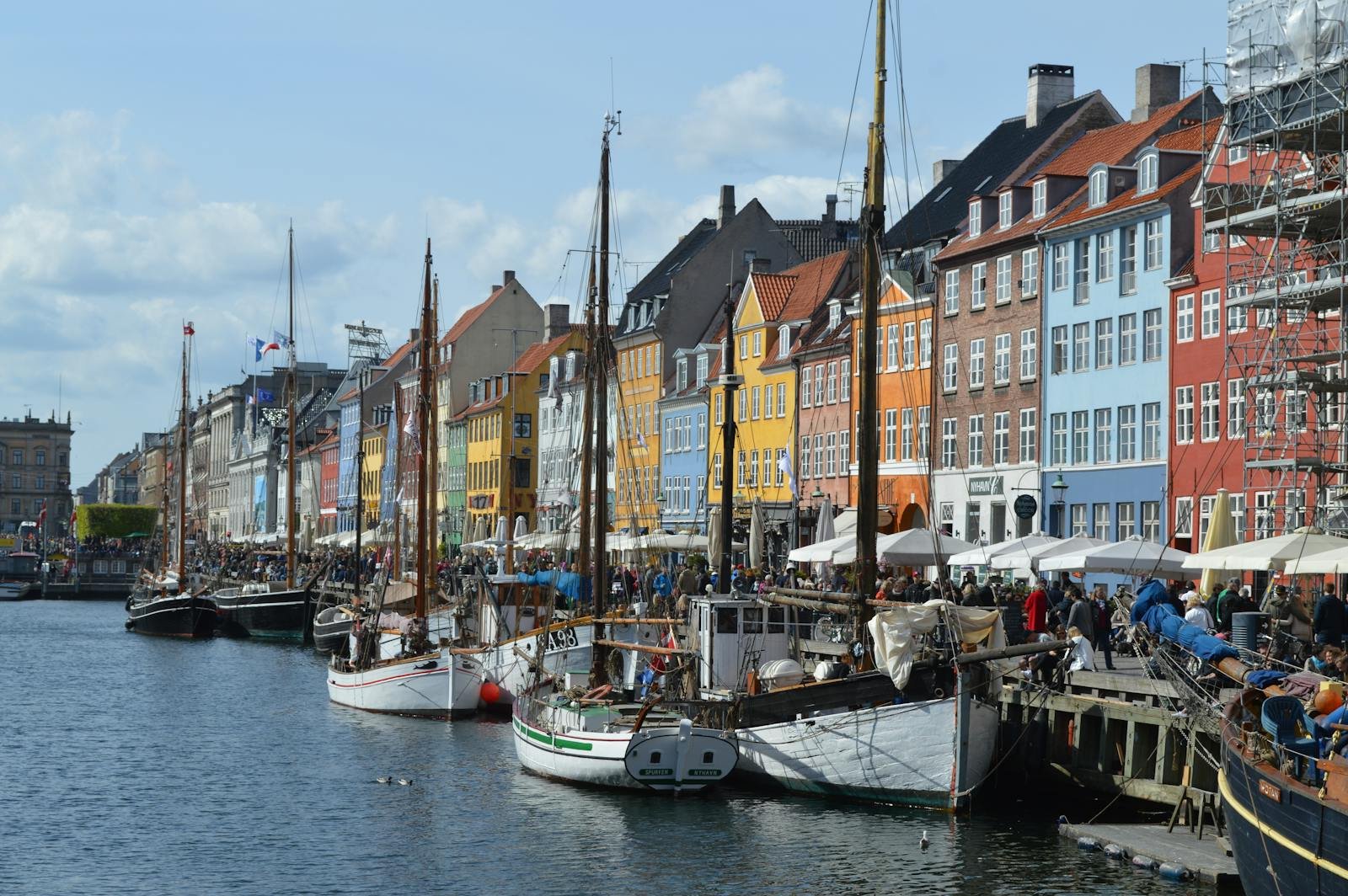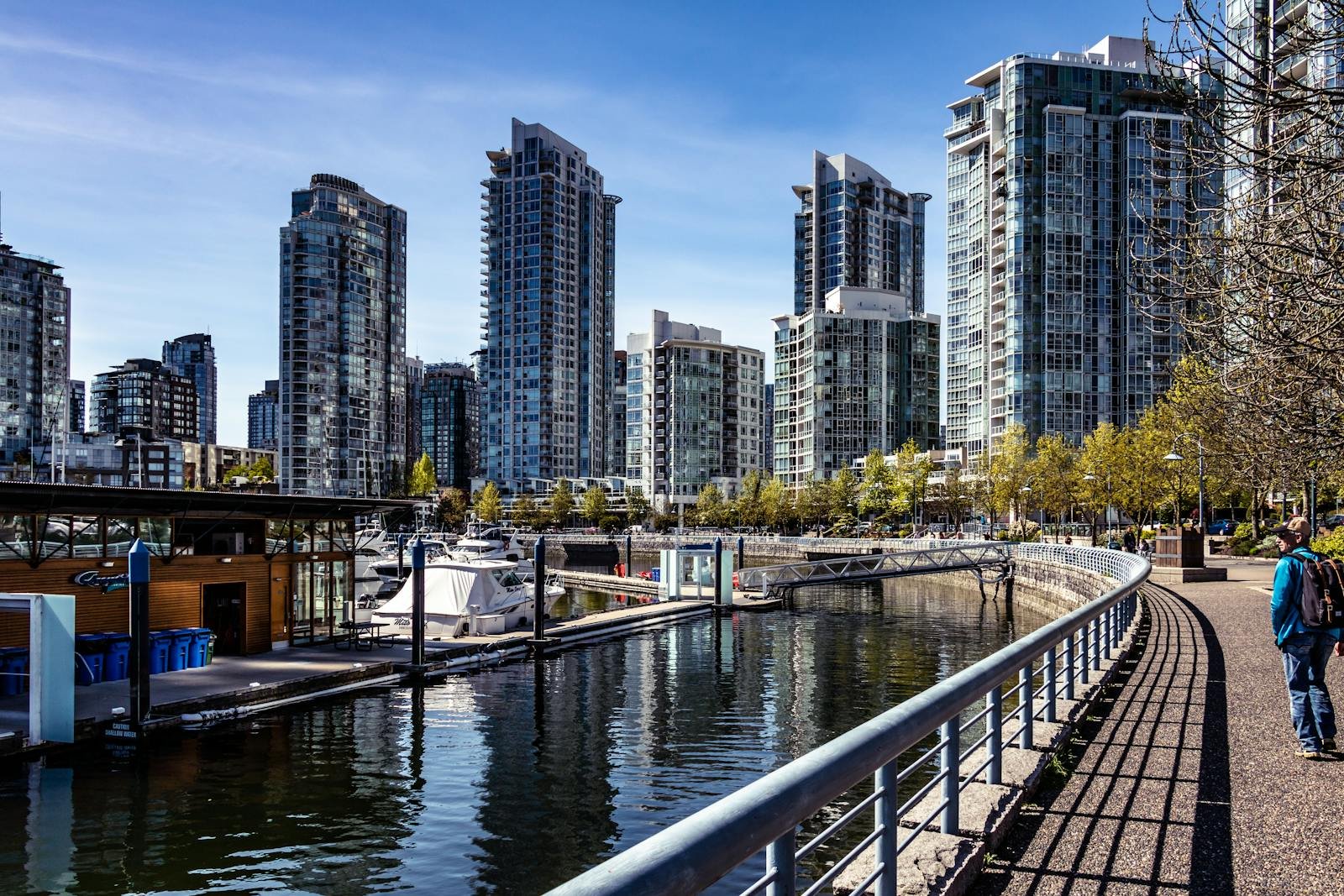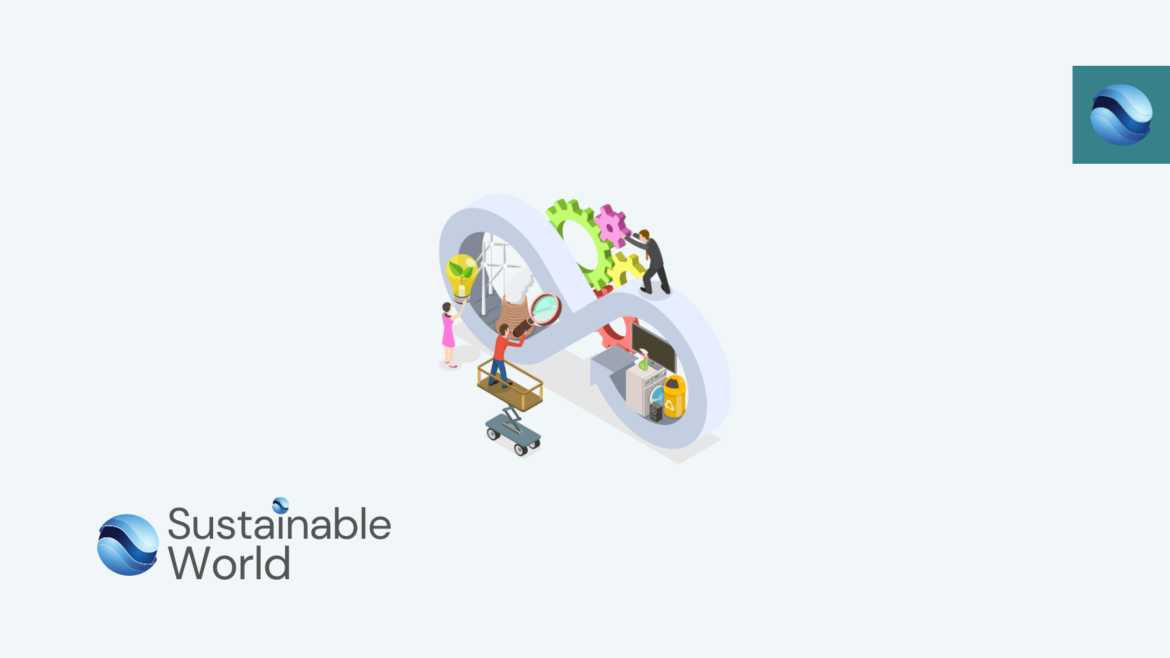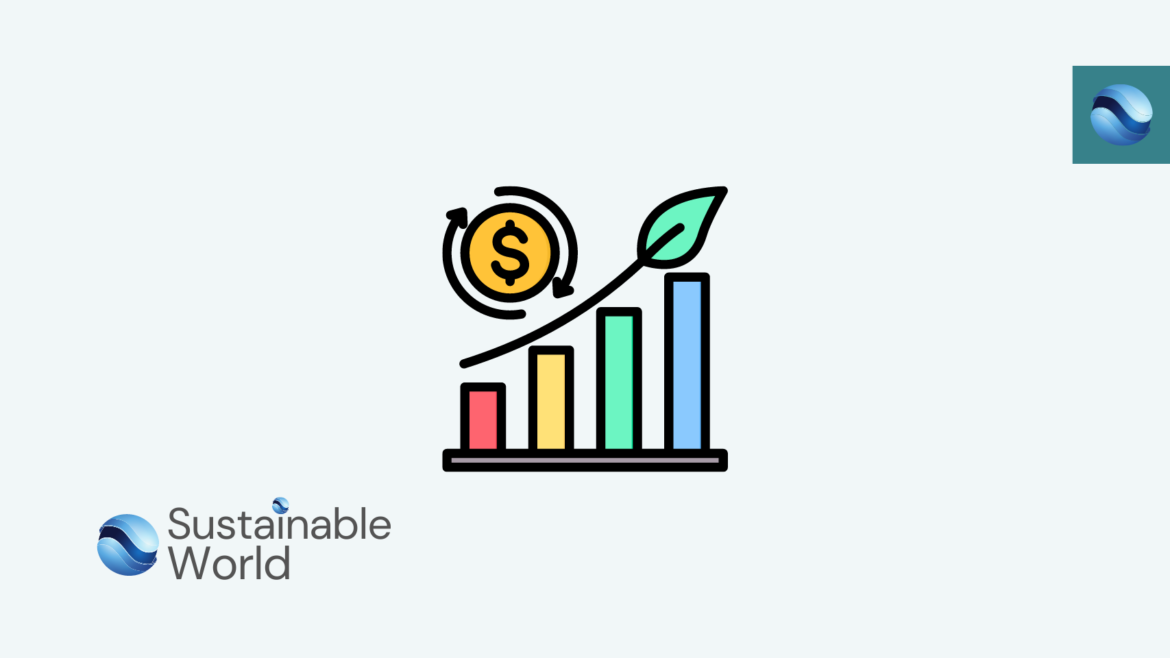30-Day Sustainable Living Challenge: Can You Do It?
In today’s world, sustainability is more than a buzzword—it’s a call to action. From reducing plastic waste to conserving energy, people everywhere are looking for ways to live more eco-friendly lives. But making sustainable choices every day can be challenging, especially when convenience often takes precedence. Enter the 30-Day Sustainable Living Challenge: a simple yet impactful way to make meaningful changes to your daily habits and reduce your environmental impact. Let’s explore what this challenge entails and how you can successfully complete it.
What is the 30-Day Sustainable Living Challenge?
The 30-Day Sustainable Living Challenge is designed to help individuals adopt sustainable habits over the course of a month. Each day, participants make small, impactful changes to their routines to reduce their environmental footprint.
Daily Actions for a Greener Lifestyle
These changes might include using reusable bags instead of plastic ones, taking shorter showers to conserve water, or choosing public transportation or biking over driving. The goal is to encourage mindfulness about daily habits and their environmental impact, gradually forming sustainable routines that last beyond the 30 days.
By the end of the challenge, participants often find themselves more aware of their consumption habits, with a greater sense of environmental responsibility and a commitment to living sustainably.
Tips for Successfully Completing the Challenge
While the idea of changing daily habits for a month might seem daunting, success is achievable with the right mindset and preparation. Here’s how to set yourself up for success:
Set Clear Goals
Start by identifying what you hope to achieve. Whether it’s reducing your carbon footprint, cutting down on waste, or conserving energy, having specific goals will help you stay focused and motivated.
Start Small
Don’t overwhelm yourself by trying to change everything at once. Focus on one simple habit each day, like bringing a reusable water bottle with you or turning off lights when leaving a room. Small changes add up over time and make the challenge more manageable.
Get Creative
Make sustainable living fun by finding creative ways to embrace eco-friendly practices. Try cooking plant-based meals, upcycling old clothes, or starting a small garden. Adding creativity to the challenge keeps it engaging and enjoyable.
Stay Accountable
Ask a friend or family member to join you. Accountability partners can help keep you motivated and on track. Sharing your progress on social media or joining sustainable living communities online can also provide extra support.
Celebrate Your Successes
Acknowledge and celebrate each small win along the way. Whether you remembered to use reusable bags or biked to work, every step is progress. Celebrating these achievements keeps you motivated to continue.
Can You Do It?
Yes, you absolutely can. The 30-Day Sustainable Living Challenge is designed to be achievable for anyone willing to put in effort and dedication. Success lies in approaching the challenge with an open mind and a commitment to making small changes.
Sustainability isn’t about perfection—it’s about progress. Every small change you make contributes to a healthier planet and a brighter future. By the end of the challenge, you’ll likely find that your habits and mindset have shifted, making sustainable living a natural part of your daily routine.
Start Your Challenge with These Sustainable Products
To make your 30-day journey easier and more impactful, consider incorporating these resources:
- Water-Wise: Sustainable Living in a Modern World
- Sustainable Agriculture: Principles of Sustainable Agriculture for a Hungry Planet (eBook)
- Hydroponics Revolution: Cutting-Edge Agritech Solutions for Sustainable Farming (eBook)
- Urban Farming: Modern Methods for Sustainable City Agriculture (eBook)
Take the first step toward sustainable living today and discover how small changes can lead to big impacts.


